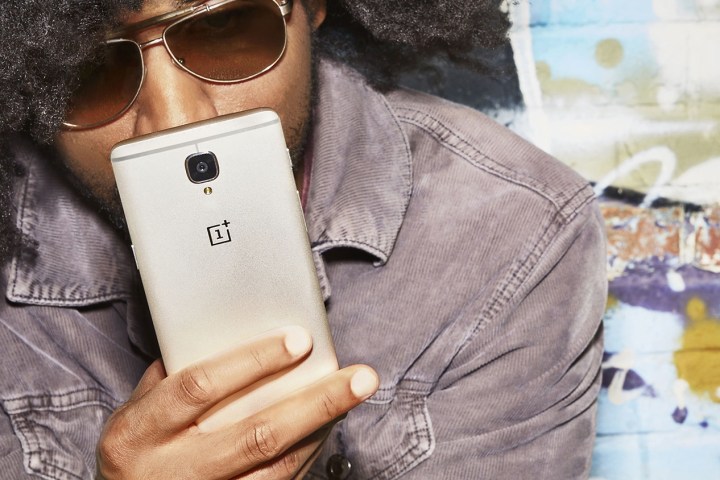
You only had to pay the $100-$200 subsidized price for a high-end brand name phone a few years ago. Then, T-Mobile killed the two-year contract and with it, subsidized (hidden, deceptive) pricing for smartphones. Now, the true price of flagship phones is exposed, and it’s not pretty. That amazing phone you once paid $100 to own suddenly costs $650+. Prices even fly past $1,000 when you opt for a reasonable amount of storage. Flagship phones are incredibly expensive, but finally, things are changing.
The era of the flagship killer has begun.
If you want a flagship phone that’s truly top-of-the-line, you’re also no longer locked into $650+ phones from Samsung, Apple, HTC, or LG. There’s a new breed of smartphones on the scene that is redefining what it means to be powerful and affordable. Meet the ultimate flagship killers: the $400 OnePlus 3 and the $400 ZTE Axon 7.
These phones have the exact same spec sheet as the Galaxy S7, HTC 10, and LG G5, but they’re available for almost half the price. Both the Axon 7 and the OnePlus 3 sport the Qualcomm Snapdragon 820 processor, 32/64GB of storage, the latest version of Android, fast charging, and killer cameras — just like the Galaxy S7 and its peers. In some cases, their specs are even better. The Axon 7, for example, is the only smartphone on the market that supports Google’s new Daydream VR standard.
So what’s the catch? Well, there isn’t one.
Both the Axon 7 and OnePlus 3 are gorgeous aluminum smartphones with sleek design elements and fingerprint sensors. They also have the same chips, RAM, cameras, screens, and so on found in and on flagship phones that cost $200+ more. Battery life and software are also on equal footing. Both phones run a nearly pure version of Android and offer 1-2 days of battery life — the norm.

The only stumbling block may be availability: The two phones are available to buy unlocked online and work on every major U.S. network (except Verizon), but no carrier will sell them — maybe because of their cheap prices. But who needs carriers? You can pay for the Axon 7 in monthly installments from ZTE — just like you would if you bought it from your carrier. You will have to pay for the OnePlus 3 at once, but for $400, it’s a much better deal than the Galaxy S7, HTC 10, LG G5, or iPhone 6S. And paying for your phone up front means lower monthly service bills for the next two years.
Why do OnePlus and ZTE sell their best phones so cheap? Because they’re hungry. Samsung, Apple, LG, and — to a lesser extent — HTC have the U.S. smartphone market in a stranglehold, so they can charge whatever they want. These companies know you’ll pay. ZTE and OnePlus are trying to make a name for themselves and disrupt the smartphone market. The only way they can compete with all that brand power is by making cuts to the price tag without compromising a single spec.
The Axon 7 and OnePlus 3 are proof positive that it doesn’t have to be this way. You don’t have to pay $650+ for a great smartphone anymore. It’s time to stop patronizing greedy multi-million-dollar companies by paying absurd prices for our smartphones. The era of the flagship killer has begun.
So, before you go out and pay $650+ for a new Android phone, take a hard look at the competition. You don’t have to pay more than $400 for a top-of-the-line phone these days, and if you’re willing to settle for second best, you can pay as little as $250 thanks to the Moto G4 Plus. Budget carrier MetroPCS even has the $100 ZMax Pro, which sports the same specs as the Moto G4 Plus.

